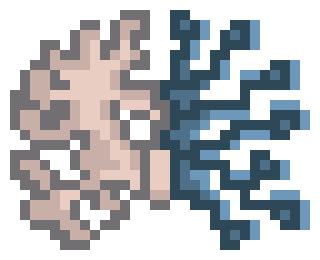
Donders Neuro-AI Focus Group
Bridging neuroscience and artificial intelligence research at the Donders Institute
Both neuroscience and AI study how intelligent systems perceive, make decisions, communicate, and act in the world. Despite rapid developments in both fields, critical questions remain at their intersection: How can AI enhance neuroscientific inquiry, and how can neuroscience insights advance AI development? Our proposed focus group aims to bridge this gap by bringing together researchers to address these interdisciplinary challenges. We invite all Donderians—across disciplines such as neuroscience, cognitive science, machine learning, and research areas like vision, language, learning and decision-making —to participate in the focus group through regular meetings. Together, we aim to cultivate a vibrant neuro-AI local community at Donders, one that transcends institutional boundaries and fosters new research collaborations.
Registration is now open!
14:00–14:45 — Talk by Steven Scholte (UvA): “Fantastic DNimals and Where to Find Them”
14:45–15:00 — Coffee Break
15:00–16:00 — Group Discussion & Networking (with cookies and coffee)